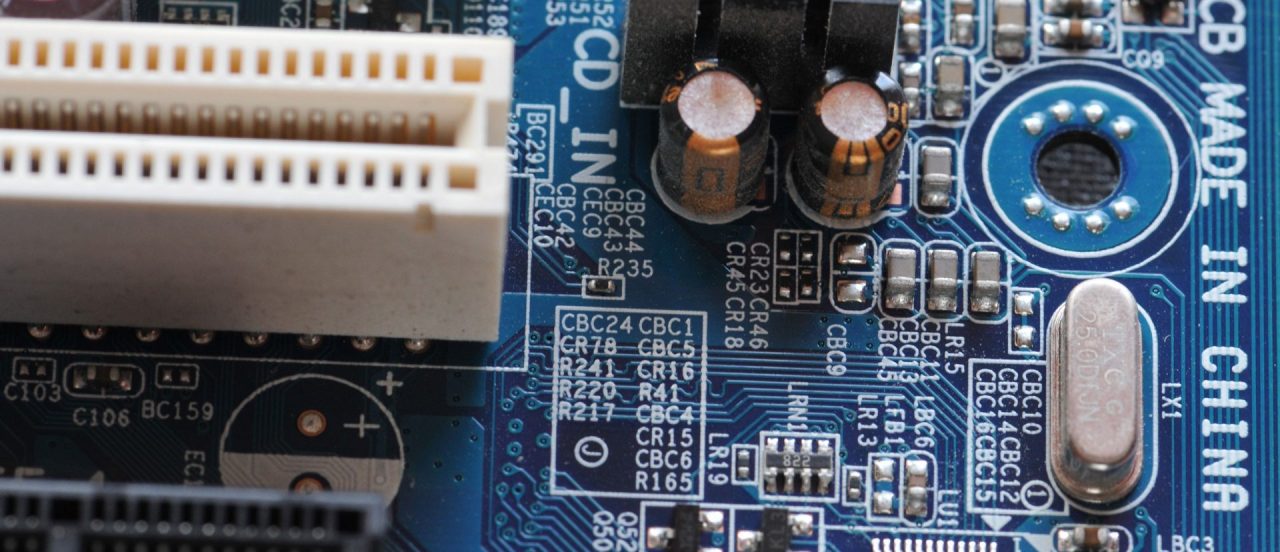The COVID-19 pandemic did not slow down M&A in the semiconductor industry. To the contrary, 2020 saw semiconductor M&A deals reaching an all-time high of $118 billion in terms of total deal value. Undoubtedly, the big news for 2021 will be which of those deals will be approved. It is commonly believed that one of the biggest challenges may come from China. This article provides an overview of how Chinese competition enforcers have applied merger control rules in the semiconductor sector. It also analyzes the major challenges faced by enterprises in the semiconductor industry in merger control and strategies to solve these challenges.
By Yi (Josh) Xue & Tian Gu1
I. INTRODUCTION
The COVID-19 pandemic did not slow M&A in the semiconductor industry. On the contrary, 2020 saw semiconductor M&A deals setting an all-time high of $118 billion in terms of total deal value. According to a report by IC Insights,2 a semiconductor market research firm, the five mega-deals announced in the second half of the last year had a combined value of $94 billion, accounting for about 80 percent of the total for the entire year. Among these M&A transactions, NVIDIA’s $40 billion acquisition of processor-design technology supplier ARM from Softbank is the most watched deal. Other high-profile deals also include AMD’s all-stock deal worth $35 billion to buy Xilinx, Intel’s sale of its NAND flash memory business and 300mm wafer fabrication plant for producing
...THIS ARTICLE IS NOT AVAILABLE FOR IP ADDRESS 216.73.216.89
Please verify email or join us
to access premium content!

